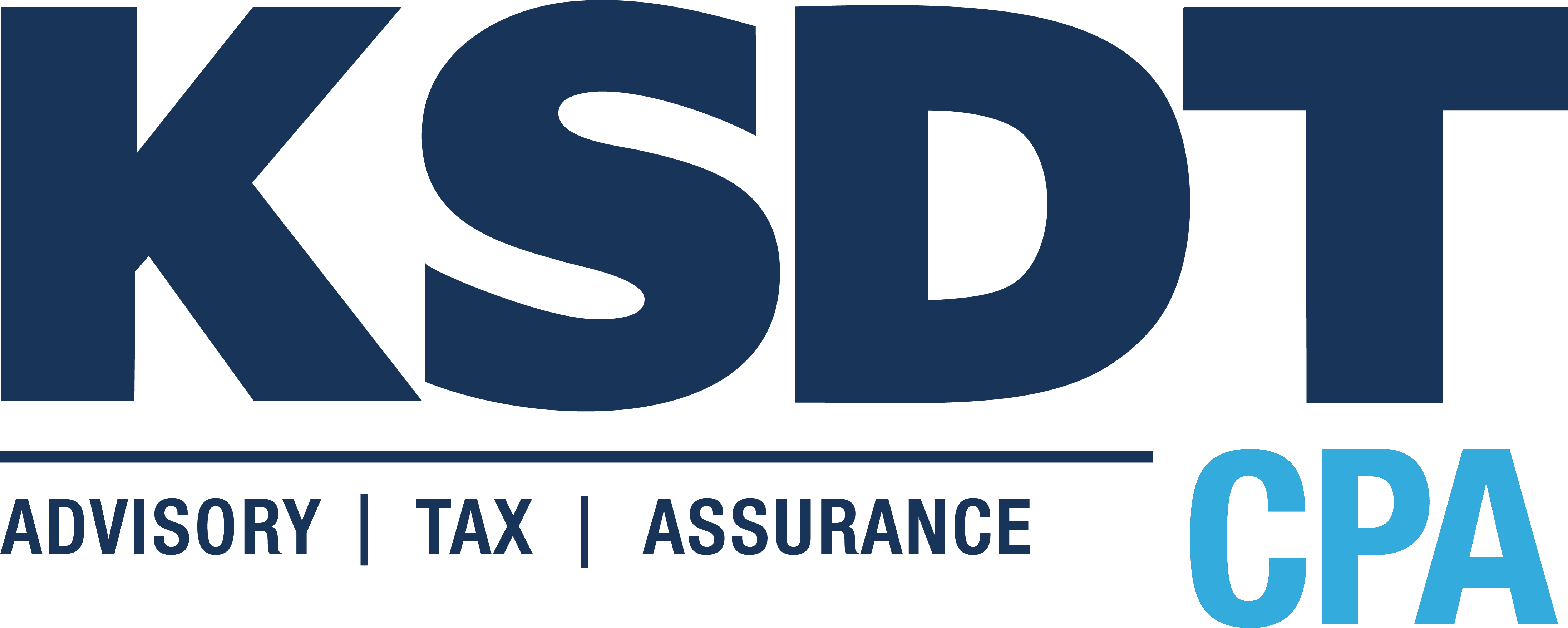Most entrepreneurs would agree that owning a business is an incredible privilege, and they would likely never want to go back to working for someone else. However, we all have our days! And sometimes those rough days can turn into weeks. If we’ve temporarily lost a little bit of our entrepreneurial passion, how can we get that back? Here are some tips.
Customer Reviews
Reading reviews left by customers about your business can help you see things from your customers’ eyes. If the reviews are positive, they can help you see the impact your business has made on them which can boost your motivation. If the reviews are glowing, then this task alone can fuel your rejuvenation. After all, you have a lot more people you can make a difference with!
If you don’t have reviews, ask for them. The first time you do this, it can be an amazing experience.
Personal Self-Care
Make sure to allocate enough time for personal care. No one can work 24/7 and survive without burning out. Try soothing activities like yoga, meditation, or a spa day if you just need some tranquility. Make it a regular habit, and you’ll be better balanced when you go to work.
Goal Reset
If you’ve been skirting by the last few years on incremental or unchallenging goals, it might be time to give yourself a BHAG – big hairy audacious goal – as mentioned in the book Built to Last. This is an ambitious, long-term goal that can help to propel the entire company into a mission to reach it.
If you feel your employees could use some rejuvenation as well, schedule a goal-setting retreat for the entire company. Everyone will come back with renewed energy and a new purpose.
Education
The thing about being an entrepreneur is you never stop learning. New skills are required every time you reach a new level in your business. Changes in technology, science, and government compliance trickle down to small businesses, requiring changes to your business processes on a constant basis.
Take a new class or read a book to learn something that will improve your business. You’ll be full of ideas that you can implement to make your business better.
Delegation
We all have tasks in our businesses that we love to do and tasks that we do not love to do. If you’re doing too many of the “don’t love” tasks and not enough of the “love this task,” this can take a toll on your attitude. If you have staff, delegate the things you don’t love – and find staff that really love to do them. That way, you can focus more on the good stuff for yourself.
New Project
Is there a project that you’d love to do but has been on the back burner forever? Making it a priority may just be the reset button you need. Sometimes things that are urgent get done while things that are important but not urgent have to wait. Change the priority of those projects that are important and you will feel lighter.
Vacation
Last but not least, maybe you just need to get away for a while, then come back with a new perspective. For that, a good old-fashioned vacation, complete with air fares and hotel rooms, is the ticket.
If you’ve been working hard lately and it’s been grinding you down, try one of these tips to relax, refresh, and rejuvenate your passion for your business.





